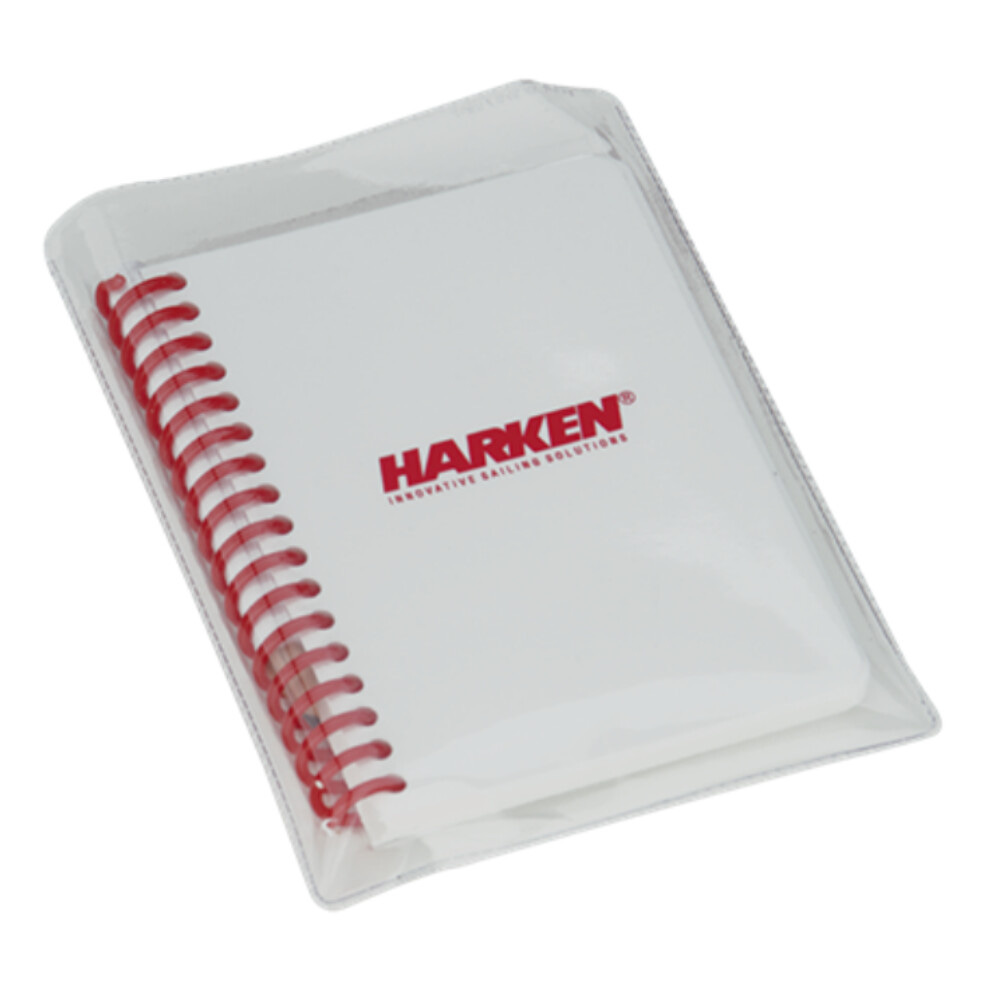Have you ever felt like every time you tacked you went straight into a header? I definitely have.
In my last article Simplifying the Strategy Mystery, we talked about categorising the type of conditions you’ll experience on the race course. In this article, we’ll dive into the tactics you should use to get ahead in oscillating conditions.
What Are Oscillating Shifts, Really?
When someone talks about oscillating shifts, they usually mean any conditions where the wind can shift to either the left or the right. That’s true, but not all oscillating breezes are created equal. There’s a big difference between conditions where the shifts are somewhat regular and predictable, versus conditions where the shifts can randomly shift to either side and require a vastly different playbook.
When you have shifts which are this predictable and regular, the main strategic priority is simply to stay on the lifted tack. In an ideal world, you would ignore any competitors, and tack when your compass tells you you’re knocked below the median wind angle.
In practice, it rarely works out this way. While these conditions rely more on strategy than tactics, you will often have to factor your competition into your choice on the race course.
To make my decision making on the race course easier, here are the key principles I follow for racing in oscillating conditions:
Determine the median wind and range of shifts
Before racing, you should use your warm up time to try and identify the ‘average’ wind angle.
Actionable tip: When I’m on the water, I always carry a waterproof notepad with me. As I’m warming up, I write down my compass headings on each tack going upwind. You can also do this by writing on your deck. This will help you recognise the oscillations.
Sail fast on lifted tack
When you're on the lifted tack, it's time to get aggressive. I'll often put my bow down slightly and prioritize speed. Why? This will help you 1. Get to the next shift faster and 2. Position yourself ahead of the fleet.
Stay in clear air, but not at the cost of sailing against the shift
In oscillating winds, the cost of sailing on the knocked tack is incredibly high. Not only do you put yourself ‘out of phase’, but you risk sailing straight into the next header after you tack. Your aim should be to stay ‘in phase’, even if it means sailing in dirty air for a short time. The bigger the shift, the more important it is to be on the lifted tack.
Use boats further up the course
In oscillating conditions, it’s important to know how long this ‘phase’ of the shift is. One of the best tricks is to look at the fleets ahead of you to gauge which ‘phase’ the wind is in. Compare the number of boats on starboard vs port tack as a good indicator.
Stay towards the middle
In oscillating winds, getting too far to one side of the course puts you at risk of being stranded on that side if the wind swings back the other way. Especially early on the upwind, be mindful of how far you get to one side, and look for opportunities to tack back to the middle as you get further out.
Lead instead of follow
When you're ahead, there's a temptation to play it safe and cover the fleet. But in oscillating conditions, this defensive strategy can backfire. Sailing defensively can often put you ‘out of phase’ and lose your advantage with every tack. You should be more inclined to ‘lead’ the fleet behind you by tacking on the next shift early, rather than ‘follow’ them into the next shift.
Putting It All Together
The beauty of sailing in oscillating winds is that when you get it right, it feels like you're locked into the wind. These conditions reward sailors who can read patterns and think independently.
Next week we’ll be breaking down Category 2 conditions - when one side of the course is favoured.
Want to dive deeper into specific scenarios or racing concepts? Drop a comment below and let me know.








the other confusion when trying to manage oscillations is pressure lines. How much faster will you go in up pressure and apparent lift versus sailing to it in a header. ILCA's dont go that much faster in pressure at 15kts but may double speed in 5kts - different for skiffs.